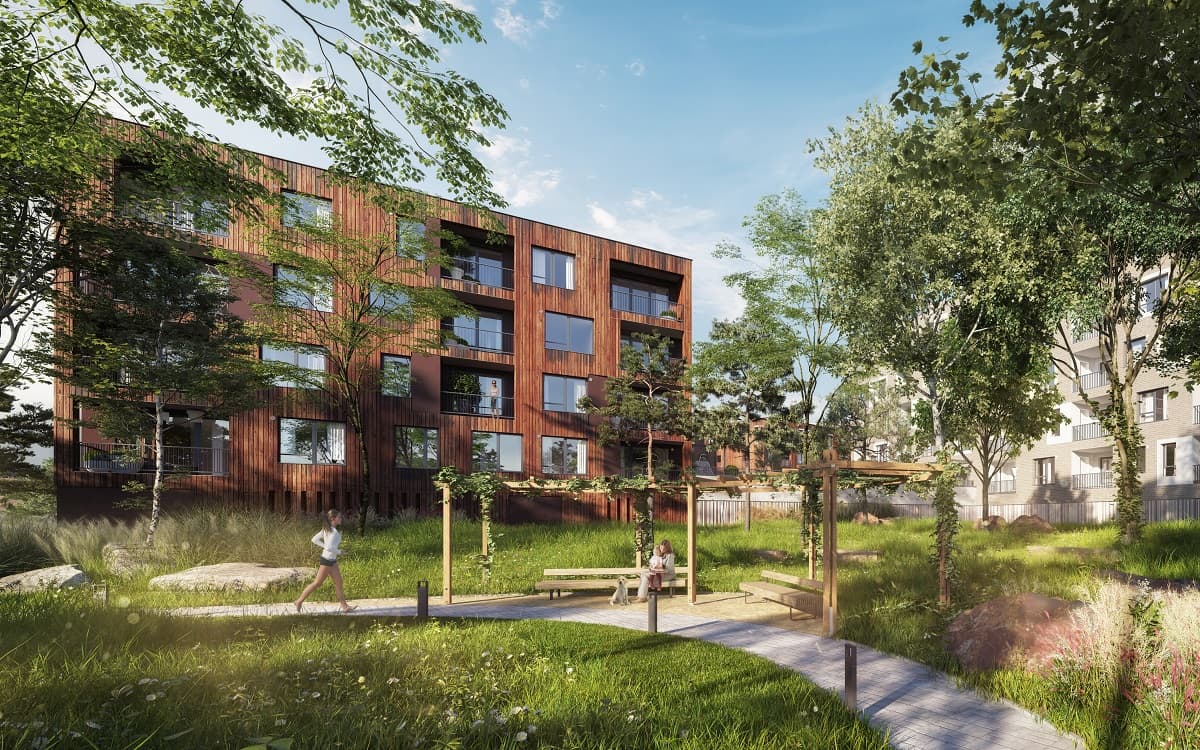Demand for commercial real estate in the Czech Republic is growing - capital comes mainly from domestic investors

The owners of several large shopping centres in the Czech Republic are looking for new owners or investors. Yet, surprisingly, it is residential real estate that has the domestic commercial real estate investment market on track to surpass the EUR 2 billion mark this year. Moreover, both the second quarter and the two summer months have shown continued activity from domestic funds and real estate investors. Czech capital accounted for more than 90% of all transactions in the past quarter. The total balance of over EUR 500 million was affected by the sale of the former Komerční banka headquarters on Wenceslas Square, which was acquired by the City of Prague for EUR 140 million as its future headquarters.
"The predominance of domestic investors clearly shows the conservative approach and persistent fears of large foreign funds to invest in the CEE region. In addition, we see that business entities whose primary objective was not to build real estate portfolios are increasingly opening up to real estate investment,"
Jakub Holec, Director of real estate consultancy 108 REAL ESTATE, comments on the current development of the investment market in the Czech Republic. According to him, the investment segment will experience an unprecedentedly agile autumn: a number of significant transactions have been arranged and additional capital is accumulating on the market in a number of new investment companies or funds.
Residences Vysočanský mlýn and Nová Elektra in Prague 9, Residence Dvorce in Prague 4, Residence Gočárova in Hradec Králové, the entry of the church fund X place into a new residential area in Milovice in the Central Bohemian Region or the Divoká Šárka project, which is backed by the developer FINEP. These are only some of the significant residential transactions that have taken place on the Czech market in recent months. According to the analysis of 108 REAL ESTATE, the investment, financial and real estate groups are mainly looking for projects with rental apartments.
Both ready-to-build projects and so-called forward financing are sold, where the developer prepares and manages the construction, the fund finances it and later holds it in its possession and leases it out.
"At the investor level, the dynamic development of rental housing has attracted the attention of experienced players such as the AFI fund or MINT Living. Creditas Bank and many other, often private investors, are also newly profiled in this field."
He explains Darek Vodehnal, Senior Associate of the Investment Department of 108 REAL ESTATE.
New names are also actively influencing another important part of the investment market - industrial property. For these, the Purposia fund, for example, has emerged on the buyers' side as another business line of industrial building contractor HSF. Significant transactions are also attributed to funds that have come to prominence relatively recently: for example, FIO acquired its first industrial park - Garbe Chomutov with tenant Fielmann. The newly established JUFA fund from Plzeň, whose main business is renewable energy sources, focuses on retail parks.
"Despite the jump in the residential sector, investor attention is spread very evenly between the segments. There is no shortage of hotels or mixed-use buildings. Based on the gradual growth of the real estate market in each quarter, this trend can be expected to continue in a linear fashion. The overheated market has cooled off after 2021 and a new appetite for investors to buy at more favourable yiels has been created,"
He believes Darek Vodehnal.
This year's investment volume is also likely to be affected by transactions of several shopping centres. Among the most expected sales are Prague's Myslbek or Brno's Vaňkovka. The reason for the acceleration of this sector is that the retail sector has finally emerged from the covide and postcovide influences, while shopping galleries have proved to be increasingly popular among customers. Hence the decline and stabilisation of the yield. It is therefore advantageous to sell again now - buyers then have the relative security of a stable asset, but at the same time often flagship properties are not being acquired at the low yield levels they were before covide.



